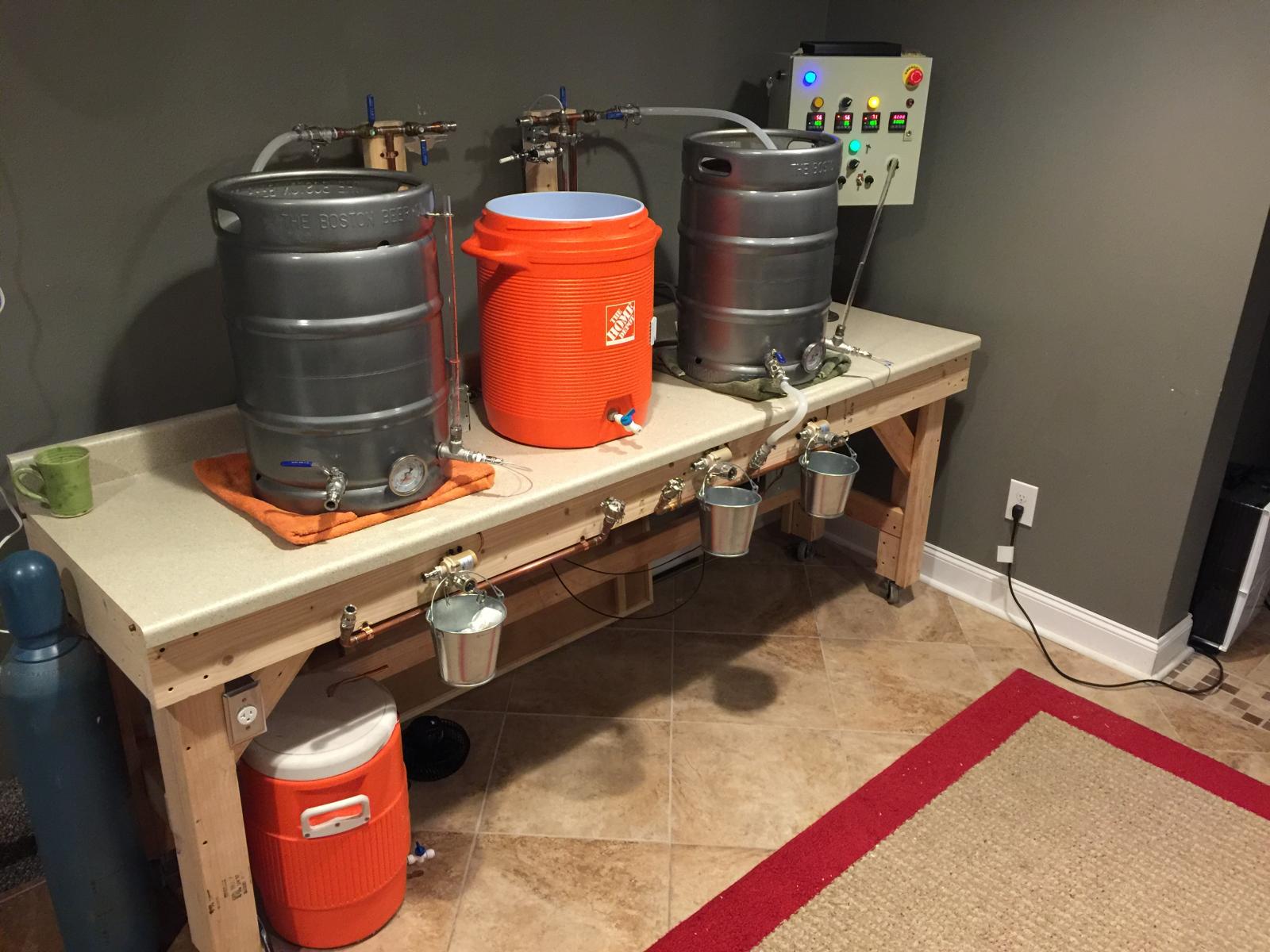Islandboy85
Well-Known Member
Yes, do not build a male plug that has the potential to be hot....that's a cattle prod you do not want in your brewery!
Shame they don't make 50 amp range style 4 prong male receptacles for enclosures. If they do I have not found them yet. That's what I really wanted [emoji53]







































